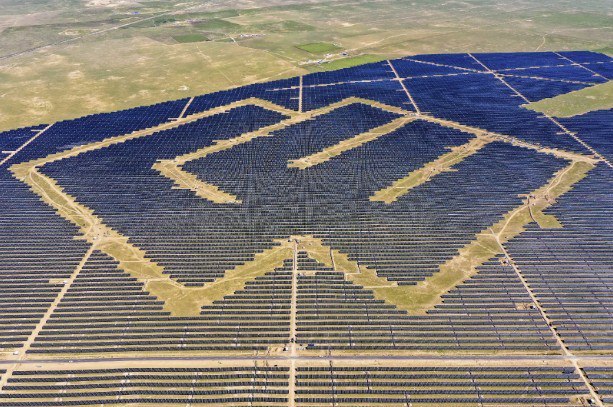By Nick Cunningham
Oil prices have retreated as disrupted supply from Libya has started to come back online, threatening the recent gains in oil prices. But a bigger threat to crude over the second half of 2018 and into 2019 is a slowdown in the global economy.
The International Monetary Fund warned in its latest World Economic Outlook that a series of threats to economic growth are brewing. The Fund maintained its projection for solid global GDP growth of 3.9 percent for both 2018 and 2019 – rather robust figures – but said that “the expansion is becoming less even, and risks to the outlook are mounting.”
“Growth generally remains strong in advanced economies, but it has slowed in many of them, including countries in the euro area, Japan, and the United Kingdom,” the IMF said.
As John Kemp of Reuters points out, these are signs that the U.S. economy is in a late stage of an economic growth cycle, with growth topping out, inflation picking up, rising interest rates and an inversion in the yield curve for U.S. treasuries, which tends to precede recessions.
As has happened in the past, the last phase of an economic expansion has often coincided with a surge in oil prices, which is then followed by both a dip in oil prices and an economic contraction. The recessions following the price spikes in 1973 and 2008 are the most obvious, but not the only examples.
Others take a different tack, arguing that rising oil prices need not be a drag on the economy. “[T]he rise in oil and commodity prices today is leading to a recovery in pricing power for commodity companies and an improvement in terms of trade for commodity-exporting nations, thus providing support to capex in these segments,” Morgan Stanley’s chief economist and global head of economics Chetan Ahya wrote in May.’
He cited the crash in oil prices between 2014 and 2016 and how the slump did not provide the jolt to economic growth that most economists predicted, owing to the cratering of investment. In a similar way, the recent run up in prices may not be the economic headwind that many think it is. “Given that the rise in oil prices is an endogenous response to strong global growth and that the oil burden is not at onerous levels, at this juncture we are inclined to think that rising oil prices do not pose a major threat to aggregate global growth,” Ahya said in May.
Nevertheless, the IMF said there are several other factors that could help bring on a slowdown. The escalating trade war between the U.S. and China could “derail the recovery and depress medium-term growth prospects,” the IMF warned. Indeed, the Fund said that the trade war poses the “greatest near-term threat to global growth.”
But that isn’t the only risk. Rate tightening from the Fed has helped strengthen the dollar, which has put pressure on emerging markets. China’s currency, for instance, has come under pressure in recent months.
More rate hikes and ongoing dollar strength also raises the risk of a downward correction in China’s stock market. Other countries have also suffered currency volatility, including Turkey, Argentina and Brazil.
Meanwhile, corporate debt is at very high levels, around levels that preceded the last two recessions, as a percentage of GDP.
The IMF said that political uncertainty in Europe and political transitions in Latin America also add risk. “Financial markets seem broadly complacent in the face of these contingencies, with elevated valuations and compressed spreads in many countries,” the IMF warned. “At the same time, however, high levels of public and private debt create widespread vulnerability.”
Because assets prices are so high at this point, they are “susceptible to sudden re-pricing if growth and expected corporate profits stall.”
Obviously, an economic slowdown would have enormous ramifications for the oil market. China is already starting to show signs of a deceleration in oil demand, with June imports declining by nearly 5 percent, year-on-year. China’s GDP growth rate dipped to a 6.7 percent annualized rate in the second quarter, after growing by 6.8 percent the previous three quarters.
This isn’t to say that a recession is imminent, or that oil demand is set to fall off of a cliff, but a growing number of economists say the likelihood of a recession setting in before 2020 is rising. The strong increases in oil consumption in the last few years – 1.5 mb/d in 2017 and 1.4 mb/d expected this year – would be hard to replicate if that is the case.
Source: Oilprice.com









